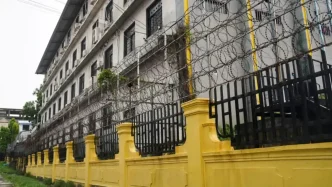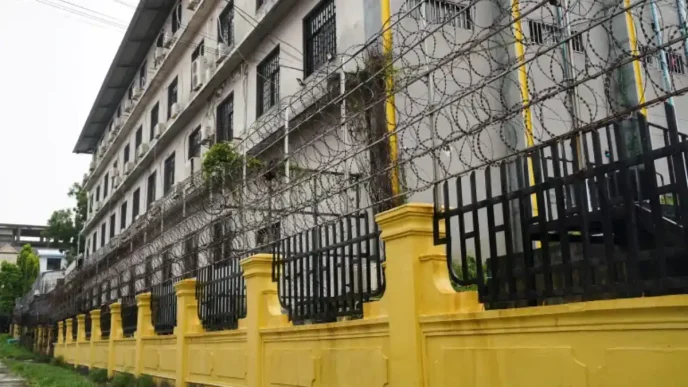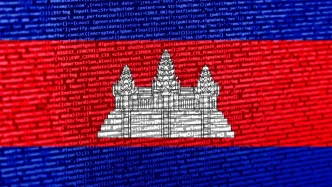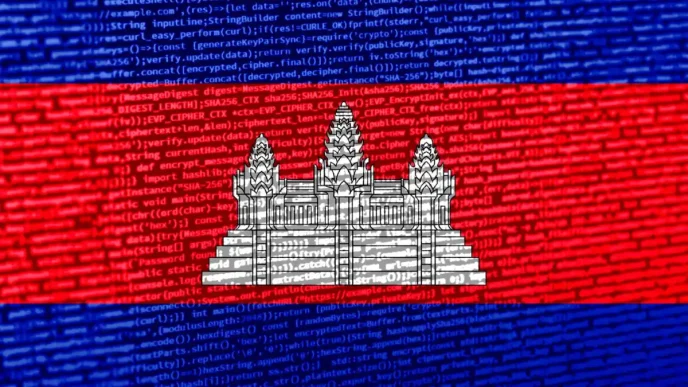A new campaign aimed at international tourists seeks to tackle Vietnam’s role as a global hotspot for the illegal ivory trade. Launched by the Vietnam Convention on International Trade in Endangered Species of Wild Fauna and Flora (CITES) Management Authority in partnership with WWF-Vietnam, the initiative focuses on raising awareness about the illegality and environmental harm of purchasing ivory products.
Vietnam has been identified as the world’s largest hub for ivory seizures since 2018, according to the CITES Elephant Trade Information System (ETIS). With over 70 tonnes of ivory seized since 2008, the country serves as a critical transit point for trafficked elephant tusks, often destined for markets in China and the United States. The campaign, rolled out across four major international airports and key tourist cities including Hanoi, Ho Chi Minh City, Nha Trang, and Da Nang, aims to educate visitors and curb demand for these illegal goods.
A Persistent Crisis for Elephants
The illegal trade in ivory remains a dire threat to both Asian and African elephants, species that have been listed under the highest level of protection (Appendix I) by CITES since the convention’s early days. In Vietnam, elephants are also classified under Group I of the national list of endangered, precious, and rare forest plants and animals. Despite these protections, elephants are among the most hunted and killed animals globally, driven by demand for their tusks.
Chu Ngoc Quan, deputy director of Vietnam’s CITES Management Authority, highlighted the severity of the issue: “Asian elephants and African elephants have been protected at the highest level of CITES since the early days of the Convention. But this also reflects a reality – elephants are one of the most hunted and killed animals in the world.”
According to WWF-Vietnam, Southeast Asia and China account for 90% of global seized ivory volumes, with Vietnam alone responsible for 34% of detected imports. Recent years have seen significant enforcement actions, with authorities uncovering four major cases in early 2023 and 2024, seizing over eight tonnes of ivory in shipments transiting through multiple countries before reaching Vietnam.
Tourism as a Double-Edged Sword
Tourism, a vital sector for Vietnam’s economy, has inadvertently become a channel for the illegal ivory trade. Some tourist destinations continue to display and sell wildlife products, including ivory carvings, often to unsuspecting visitors who believe such purchases are legal. This misconception fuels demand, both domestically and through online platforms, exacerbating the trafficking problem.
The new campaign directly addresses this issue by targeting international tourists at key entry points and popular destinations. Visuals and posters emphasising the illegality of ivory trade are now prominently displayed at airports and in urban centres. Businesses in these areas are also being encouraged to educate visitors about the harmful impact of such purchases on wildlife conservation.
Quan stressed the urgency of adapting communication strategies in light of tourism’s strong recovery post-COVID-19: “With the strong recovery of tourism after the pandemic, wider communication methods need to be applied to easily reach international tourists and prevent the purchase and sale of ivory products in Vietnam.”
Collaborative Efforts for Change
The initiative, supported by funding from WWF-US, goes beyond mere awareness. Thibault Ledecq, chief conservation officer at WWF-Vietnam, outlined a broader vision for the campaign. “We will organise communication activities, workshops, and community events to educate, warn about the consequences of using ivory, as well as encourage community action in protecting elephants in Vietnam and outside Vietnam,” he said.
These efforts aim to foster a collective responsibility among tourists, local communities, and businesses to safeguard elephants. By highlighting the direct link between ivory purchases and the slaughter of elephants, the campaign seeks to shift consumer behaviour and reduce demand at its source.
Vietnam’s Pivotal Role in Global Ivory Trade
Vietnam’s position as a transit hub for ivory is a complex challenge. Much of the ivory seized in the country is carved locally before being trafficked to major markets abroad. However, a significant portion also finds buyers within Vietnam, including among international tourists who may unknowingly contribute to the trade.
The campaign’s focus on education is seen as a critical step in addressing this demand. By engaging visitors at the point of entry and in tourist-heavy cities, authorities hope to intercept potential purchases before they happen. This preventative approach complements ongoing enforcement efforts, which have resulted in significant seizures but struggle to keep pace with the scale of trafficking networks.
Broader Implications for Wildlife Conservation
The fight against the ivory trade in Vietnam is part of a larger global battle to protect endangered species. Elephants, as keystone species, play a vital role in maintaining ecosystem balance, particularly in forested regions. Their decline due to poaching and habitat loss has ripple effects on biodiversity, affecting countless other species and human communities that depend on these environments.
If successful, this campaign could serve as a model for other countries in Southeast Asia grappling with similar issues. However, challenges remain, including the need for stronger regional cooperation to disrupt cross-border trafficking networks and the enforcement of stricter penalties for those involved in the trade. While estimates of the campaign’s impact on ivory demand remain speculative, early indications suggest that public awareness initiatives can influence tourist behaviour if paired with visible enforcement.
The initiative also underscores the importance of involving local communities in conservation efforts. Workshops and events planned under the campaign aim to build a grassroots movement, empowering residents to act as stewards of Vietnam’s natural heritage. This dual focus on tourists and locals reflects a holistic strategy to address both supply and demand sides of the ivory trade.
A Call to Action
As Vietnam continues to position itself as a leading destination for international travellers, the responsibility to protect its wildlife grows ever more pressing. The joint campaign by the CITES Management Authority and WWF-Vietnam represents a significant step forward, but it is only one part of a broader struggle. Tourists, businesses, and policymakers alike must play their part in ensuring that the beauty of Vietnam’s natural world is preserved for future generations.
For now, the message to visitors is clear: purchasing ivory is not only illegal but also contributes directly to the destruction of one of the planet’s most iconic species. With posters and educational materials now greeting arrivals at Vietnam’s busiest airports, the hope is that awareness will translate into action, one tourist at a time.














